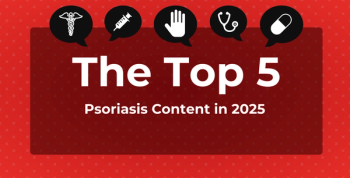
Once-a-Week Somatropin Injection Cleared for Pediatric Growth Deficiency
The product, lonapegsomatropin, is a sustained-release formulation and could replace daily injections.
The FDA recently approved the first once-weekly somatropin injection for pediatric patients 1 year and older who have growth failure due to inadequate secretion of endogenous growth hormone (GH).
According to
The indication, granted to Ascendis Pharma, is for use in children who weigh at least 25.4 pounds.
Results of the trial suggested use of lonapegsomatropin was associated with greater annualized height velocity at week 52, with a treatment difference of 0.9 cm/year (11.2 cm/year vs 10.3 cm/year).
No serious adverse events or discontinuations related to lonapegsomatropin were reported. Most common adverse reactions included infection, pyrexia, cough, nausea and vomiting, hemorrhage, diarrhea, abdominal pain, and arthralgia and arthritis.
According to the company, its long-acting somatropin uses a technology platform called transient conjugation, where the molecules have 3 components: an unmodified parent drug, an inert carrier that protects it, and a temporary linker. When bound, the carrier inactivates and shields the parent drug from clearance. After it is injected into the body, pH and temperature initiate the release of the active, unmodified parent drug. Since the parent drug is unmodified, its original mode of action may be maintained.
Ascendis is looking to use this technology in other therapeutic areas as well, both systemically and locally.
Newsletter
Stay ahead of policy, cost, and value—subscribe to AJMC for expert insights at the intersection of clinical care and health economics.








































